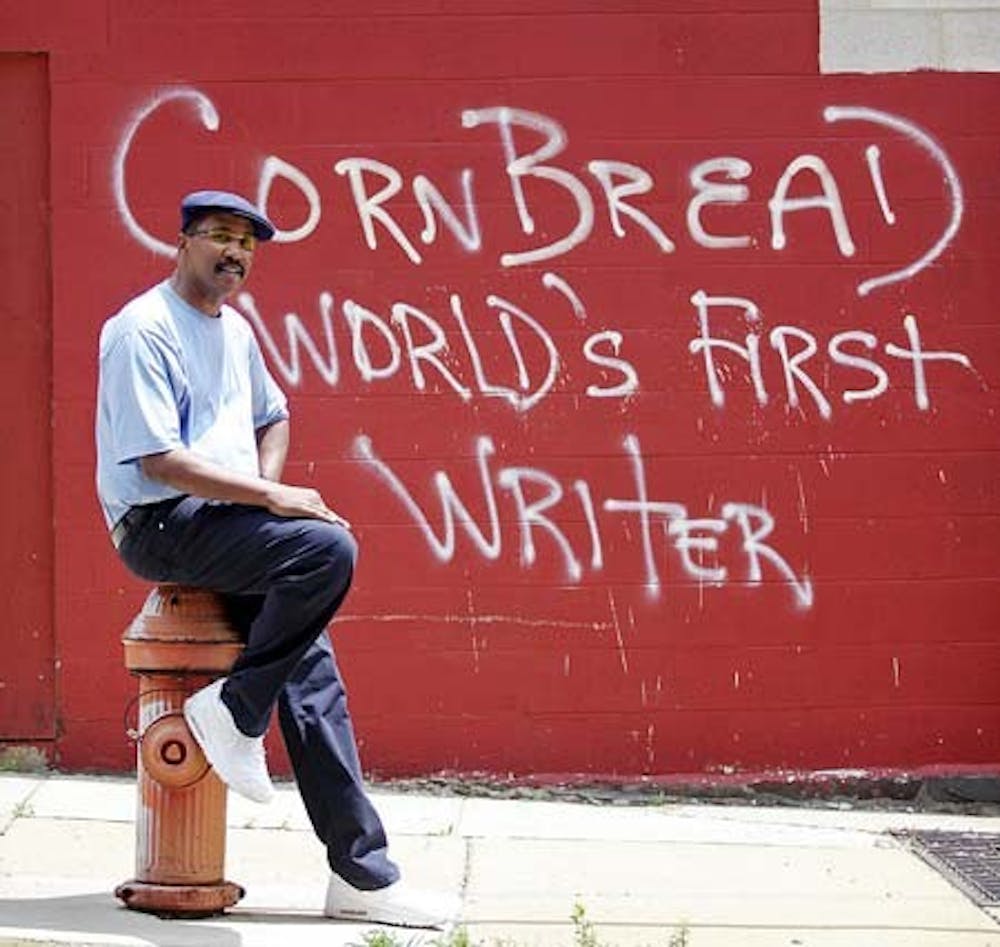Philadelphia is the birthplace of graffiti in the United States. As a teenager in the sixties, Darryl McCray, known as “Cornbread,” began using the city as his canvas. He tagged billboards, trains, buildings, a live elephant at the Philadelphia Zoo and the side of the Jackson 5’s private jet. Before him, the word “graffiti” didn’t even exist. He tagged to establish himself in the city—to establish a sense of ownership and place. The works promoted discussions relating to expression and the right to the city. He inspired countless others and kick–started an explosive international art movement.
More than fifty years later, Philadelphia has traded “graffiti capital of the world” for “mural capital of the world.” The streets of Center City, once decorated with graffiti, have been scrubbed clean and “beautified.” Now street graffiti is seen mostly in marginalized areas and abandoned lots. The art form is deemed unsightly for the city’s economic center.
Ironically, the anarchical and subversive reputation of graffiti has been used to make privately owned spaces “hip.” Essentially, the appropriating art form is itself being appropriated. Go to the Graffiti Bar downtown and you’ll find creative types in flannel having post–work drinks (not that I’m knocking the $2 Satay Happy Hour). These rebel consumers adopt the language and aesthetics, but not the politics, of counterculture. They individualize themselves by buying the “right” products at the “right” places. Are spray–paint artists excluding themselves and exploiting the roots of their art by creating these elitist commercial spaces?
Similarly, every year, freshmen, sophomores and a few token upperclassmen swarm to Castle for their “Graffiti Party.” Fitting, as Castle really is a *hub of counterculture* on campus, an exemplification of the meaning behind graffiti.
Arguably, today’s “subculture” is too self–involved and self–denying to contribute to substantial cultural evolution. Cornbread’s war paint in a socioeconomic battleground is exploited to design empty authenticity. If this is the case, what is the future for the art form? What is its identity?

